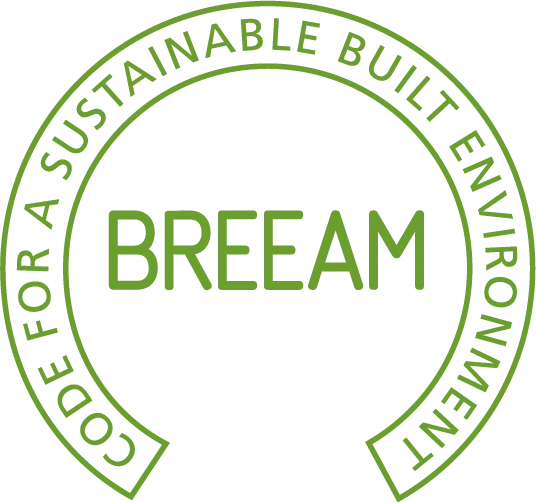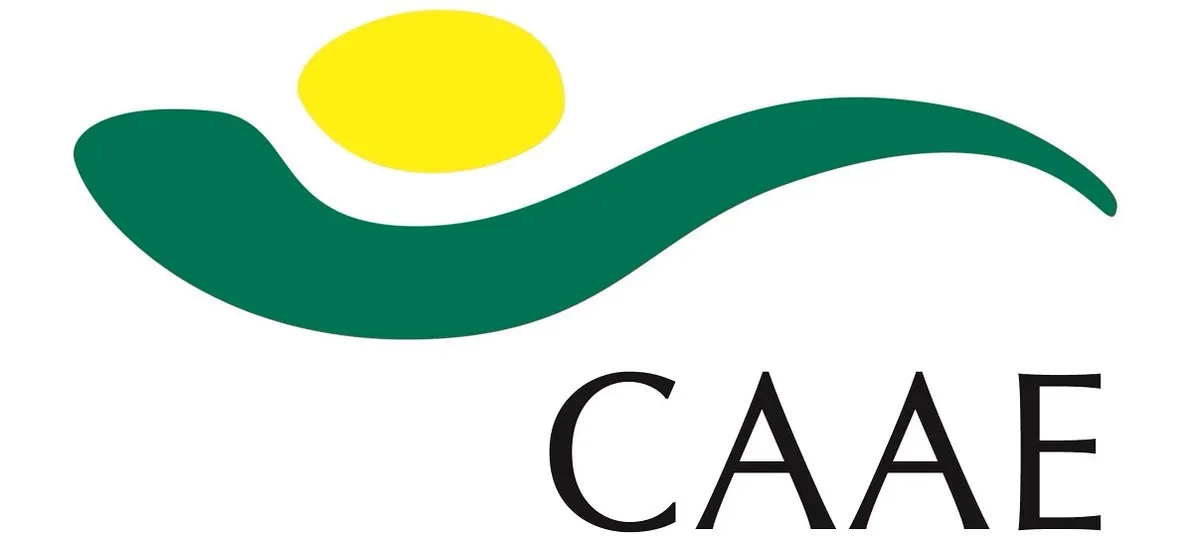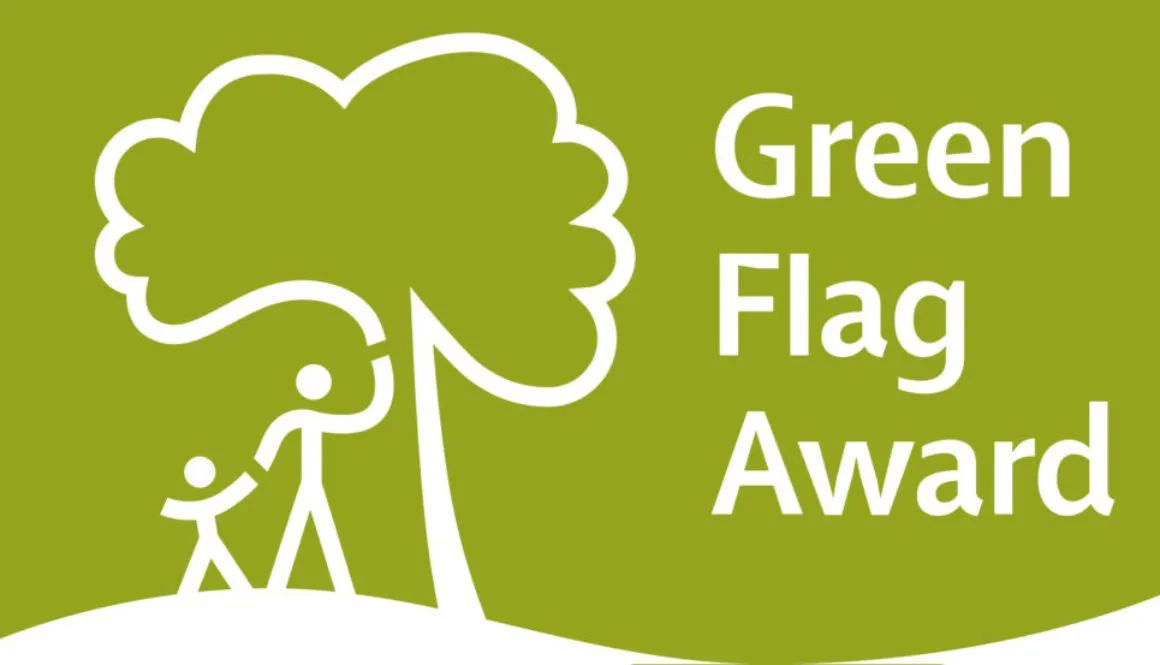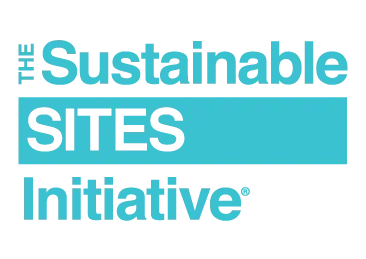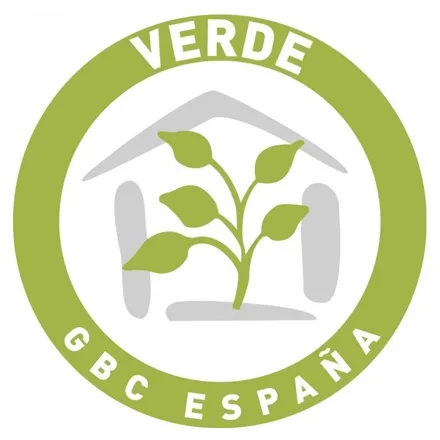Environmental labels and certifications. The future of construction.
Environmental certifications or labels are evaluation and certification systems issued by different organizations for different types of buildings to quantify their environmental impact

Date
September 2020
Type
DLAB
It is a fact that construction has a negative impact on the environment. The construction boom of the 20th century had regrettable consequences on our surroundings.
However, we are currently immersed in a global transformation process, and construction, like other sectors, is evolving towards a more sustainable model in which the aim is to achieve increasingly environmentally friendly and health-conscious building designs.
This (re)evolution towards a more respectful construction model also affects our sector, landscaping, and as we will see below, the agents involved in this model are taking small steps to improve the situation. At DLAB, our studio's research and dissemination platform, we are constantly studying all these new ways of building, and we currently have extensive experience with all these certifications with which we have successfully developed some landscaping projects.
Environmental certifications or labels are evaluation and certification systems issued by different organizations for different types of buildings to quantify their environmental impact and thus promote good habits in construction systems and material selection. Some of these certifications were introduced in Spain at the end of the 2000s, after the implementation of the Technical Building Code.
Obtaining such a certificate entails some costs, both in adapting the company and the work to pass the parameters required by the certificate and in obtaining and validating the certificate itself. However, it has been proven that short- and long-term benefits can be achieved with it. These certifications promote an increase in the value of sales or rentals of properties, as well as in the savings achieved during building or green space management after meeting their requirements. Therefore, they can be considered an investment in health and energy savings, as well as being necessary for any marketing strategy.
Currently, we have a wide variety of these certifications, both for buildings and green spaces, including: BREEAM, LEED, VERDE, WELL, GREEN FLAG, and CAA.
BREEAM (Building Research Establishment Environmental Assessment Method)
It is an evaluation and certification method for the sustainability of buildings developed by the BRE (Building Research Establishment) in 1990 in the United Kingdom. It assesses impacts in 10 categories (Management, Health and Wellbeing, Energy, Transport, Water, Materials, Waste, Land Use and Ecology, Pollution, and Innovation), which include a series of objectives that, if achieved, award credits. The final rating (Pass, Good, Very Good, Excellent, and Outstanding) depends on the number of credits obtained and serves as a reference for achieving a more sustainable construction in the design, execution, and maintenance phases. To carry out the certification process, the participation of BRE-accredited advisors is required, who will carry out all the registration, monitoring, and evaluation work to obtain the certification of the sustainability of the building.
LEED (Leadership in Energy and Environmental Design)
Is an international evaluation and standards system developed by the US Green Building Council in the late 1990s to promote the development of sustainable and highly efficient buildings. It can be applied to any type of building, both residential and commercial. It evaluates the impact in five areas (sustainable location, water efficiency and protection, energy efficiency and renewable energy, material and resource conservation, and indoor environmental quality), and projects are scored based on the credits earned in each category. The total points determine the level of certification: Certified, Silver, Gold, Platinum. There are accredited professionals, although there are no proper certifiers. The certifications are carried out online by the Green Building Certification Institute (GBCI). Additionally, the GBCI also has another certification called SITES (Sustainable Sites Initiative), which can be applied to open spaces, streets, and squares, whether for commercial, industrial, residential, educational, institutional, infrastructure or governmental use. To obtain certification, certain mandatory requirements must be met, and credits that generate points must be obtained, just like in LEED. SITES projects can reach one of the four levels depending on the credits obtained: Certified, Silver, Gold, and Platinum.
VERDE
Is a methodology for the environmental evaluation and certification of buildings developed by the Spanish GBC Association. It can be applied to buildings of different uses: residential, commercial, industrial, etc.; and in different interventions in buildings: design and new construction, rehabilitation, and existing buildings. It establishes a series of necessary criteria and requirements for a building to obtain certification. The evaluation is based on different areas: site selection, project location and planning, indoor space quality, energy and atmosphere, service quality, natural resources, and socio-economic impact. The certification level (from 0 to 5 leaves) depends on the points obtained and also allows obtaining the percentage of reduction of achieved impacts. Any technician can apply this methodology when approaching a project without needing to be accredited as a VERDE evaluator. However, to certify a building, it is essential to have an Accredited VERDE Evaluator.
WELL Building Standard
Is a standard certified by the International Well Building Institute since 2014. It establishes specific criteria for design and construction that ensure that the certified space (buildings, interior spaces, and communities) works for the health and well-being of occupants. It is organized into 7 categories of wellness: air, water, nourishment, light, movement, comfort, and mind. Each category has one or more requirements that determine the specific criteria that must be met. For a project to receive points for a particular category, it must meet all the requirements included in that category. An official accreditation in the certification is required to evaluate buildings.
GREEN FLAG
Is an international award that has been annually awarded since 1996 by the British Ministry of Local Government through the organization Keep Britain Tidy to recognize good management of parks, gardens, and other green spaces that meet requirements aimed at improving the quality of public green space. The license for Spain is managed by the Spanish Association of Public Parks and Gardens, AEPJP. The criteria for obtaining recognition are set by 27 quality indicators, which are divided into eight areas, including: a welcoming space and access, health and safety, maintenance and cleaning, environmental maintenance, biodiversity, landscape and heritage, citizen participation, communication and marketing, and management plan. By meeting the indicators, points are obtained, which determine whether the space can be awarded the flag. The evaluation is carried out by international judges professionally linked to public green space management, urban planning, and landscaping, who have an official accreditation to evaluate and advise.
Norma CAAE
It is a standard for the certification of ecological gardening and spaces. CAAE is a certification entity specialized in organic production that provides certification and control services for the agri-food sector. This entity has developed the CAAE Ecological Gardening standard, with which hotels, golf courses, sports facilities, and public and private gardens can demonstrate that they have sustainable management. The standard considers a complete space management, so the criteria evaluated are within the following areas: ecological management of the green area, environmental policy planning, waste management, biodiversity maintenance, efficient use of energy and water resources.
If you want to learn about or support our DLAB research project, you can contact us at dlab@dstudio.es.
